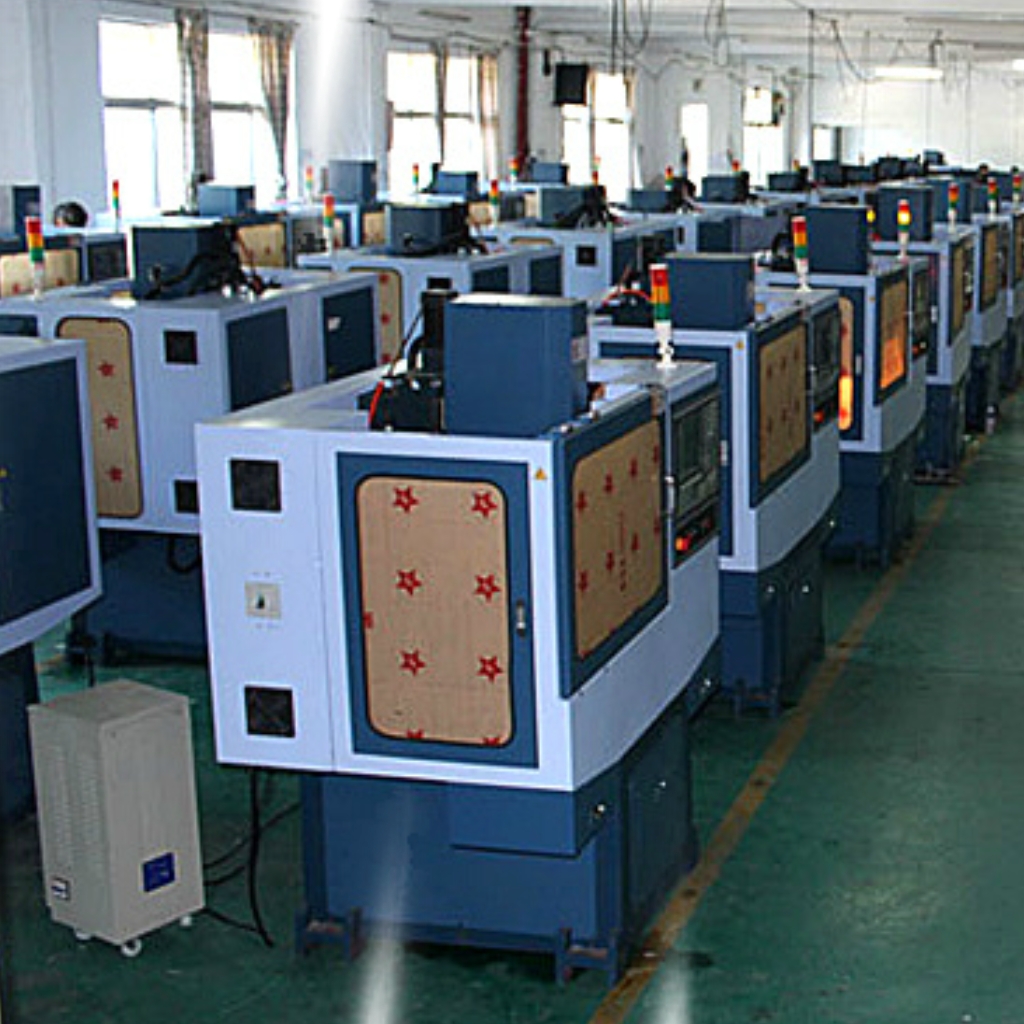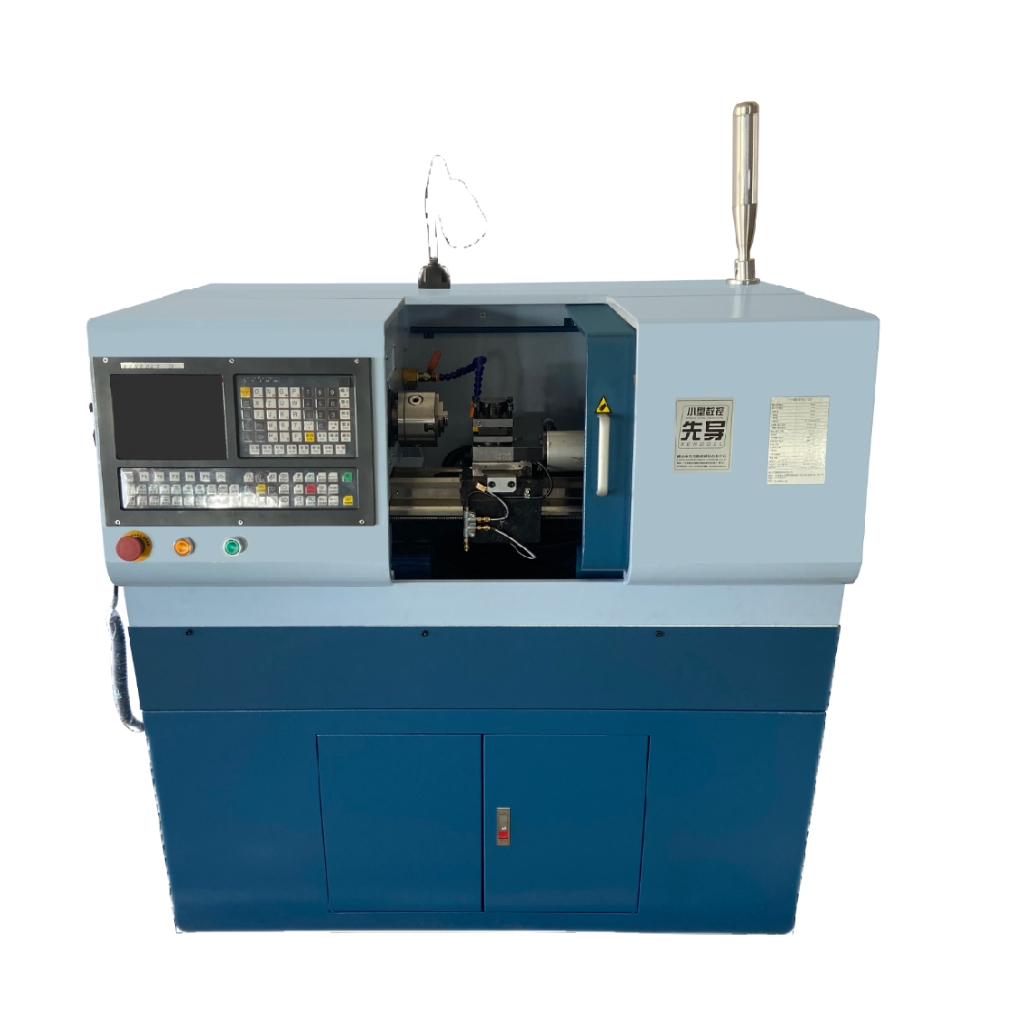Blog
Xendoll has 22 years of experience in the production of small machine tools. We will help you choose the suitable machine and share our experience in CNC machining with you.
 May 09, 2025
May 09, 2025

 742
742
In the rapidly evolving world of manufacturing and engineering, CNC (Computer Numerical Control) technology has become a cornerstone of modern industrial processes. For engineers and technical professionals, proficiency in CNC systems is no longer optional—it’s a critical skill. However, gaining hands-on experience with industrial-grade CNC machinery can be challenging, especially in educational settings. This is where mini lathes, such as the Small CNC Lathe C59 from Xendoll Tools, bridge the gap. Designed for precision, affordability, and educational adaptability, these compact machines are evolutionizing STEM (Science, Technology, Engineering, and Mathematics) education. In this article, we’ll explore how CNC training shapes an engineer’s career and why tools like the C59 mini lathe are indispensable for fostering technical expertise.
Section 1: The Importance of CNC Training in Engineering Education
1.1 Building Practical Skills for the Modern Workforce
CNC lathes are the backbone of industries ranging from aerospace to automotive manufacturing. Engineers who master CNC programming and operation gain a competitive edge in the job market. Training on machines like the Small CNC Lathe C59 allows students to:
Learn G-code programming fundamentals.
Understand machining tolerances and material properties.
Develop problem-solving skills through real-world projects.
Unlike theoretical coursework, hands-on CNC training prepares engineers to troubleshoot errors, optimize workflows, and adapt to new technologies—skills that employers highly value.

1.2 Bridging the Gap Between Academia and Industry
Many engineering graduates enter the workforce with strong theoretical knowledge but limited practical experience. Mini CNC lathes like the C59 serve as a scalable solution for universities and vocational schools. Their compact size and user-friendly interface make them ideal for classrooms, while their capabilities mirror those of industrial machines. For example, the C59 supports:
Precision turning, drilling, and threading.
Compatibility with CAD/CAM software.
Repeatable processes for prototyping and small-batch production.
By simulating real-world scenarios, these tools ensure students graduate with job-ready skills.
Section 2: The Role of Mini Lathes in STEM Education
2.1 Accessibility and Cost-Effectiveness
Full-sized CNC lathes are expensive, require dedicated workspace, and pose safety risks for beginners. In contrast, the Small CNC Lathe C59 offers:
A footprint of just 24 x 18 inches, fitting easily into labs or workshops.
Lower upfront costs for educational institutions.
Reduced energy consumption and maintenance requirements.
These features make CNC training accessible to high schools, community colleges, and even hobbyist groups, democratizing advanced technical education.
2.2 Encouraging Creativity and Innovation
STEM education thrives when students can experiment freely. The C59 mini lathe empowers learners to design and fabricate components for robotics, renewable energy systems, or custom tools. For instance, engineering students might use the machine to:
Create precision parts for a solar-powered vehicle.
Prototype gears for a 3D-printed robotic arm.
Test material durability under varying machining conditions.
Such projects not only reinforce technical skills but also foster creativity—an essential trait for future engineers.
Section 3: Case Study: Small CNC Lathe C59 in Action
3.1 Key Features Tailored for Education
The Xendoll Tools C59 stands out as a purpose-built tool for STEM programs. Its standout features include:
User-Friendly Interface: Simplified controls allow beginners to focus on learning G-code basics without overwhelming complexity.
Safety Enhancements: Emergency stop buttons, enclosed workspaces, and automatic tool calibration reduce accident risks.
Educational Kits: Bundled lesson plans and project ideas help instructors integrate the machine into curricula.
3.2 Real-World Applications
At a technical college in Germany, students used the C59 to design components for a hybrid engine prototype. The project involved:
Programming the lathe to machine aluminum pistons.
Analyzing thermal expansion under stress.
Iterating designs based on performance data.
Such immersive experiences translate abstract concepts into tangible outcomes, deepening students’ understanding of mechanical engineering principles.
Section 4: The Long-Term Benefits of CNC Training
4.1 Career Advancement for Engineers
Engineers with CNC expertise are in high demand. According to the U.S. Bureau of Labor Statistics, careers in CNC machining are projected to grow 7% by 2030. Proficiency with tools like the C59 mini lathe opens doors to roles such as:
CNC Programmer
Manufacturing Engineer
Quality Assurance Specialist

4.2 Preparing for Industry 4.0
The Fourth Industrial Revolution emphasizes automation, IoT, and smart manufacturing. Early exposure to CNC systems equips engineers to work with AI-driven machines, predictive maintenance tools, and digital twins—skills that align with future industry needs.
CNC training is not just about operating a machine; it’s about shaping versatile, innovative engineers ready to tackle tomorrow’s challenges. The Small CNC Lathe C59 from Xendoll Tools exemplifies how miniaturized, education-focused technology can transform STEM learning. By combining affordability, safety, and industrial-grade capabilities, this mini lathe empowers students to master CNC fundamentals while nurturing creativity and critical thinking.
For educators, institutions, and aspiring engineers, investing in tools like the C59 is an investment in the future of manufacturing. Visit xendolltools.com to explore how our mini CNC lathes can elevate your STEM programs and prepare the next generation of engineering leaders.
For details, please refer to the following link:
https://www.xendolltools.com/category/micro-cnc-machine.html(加超链接按钮)



 Show all our samples
Show all our samples
 Provide you with a free quote
Provide you with a free quote
 Answer all the questions you may have
Answer all the questions you may have
 Guided installation and other options
Guided installation and other options